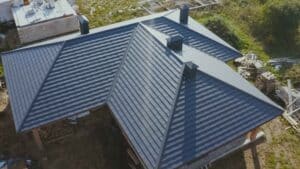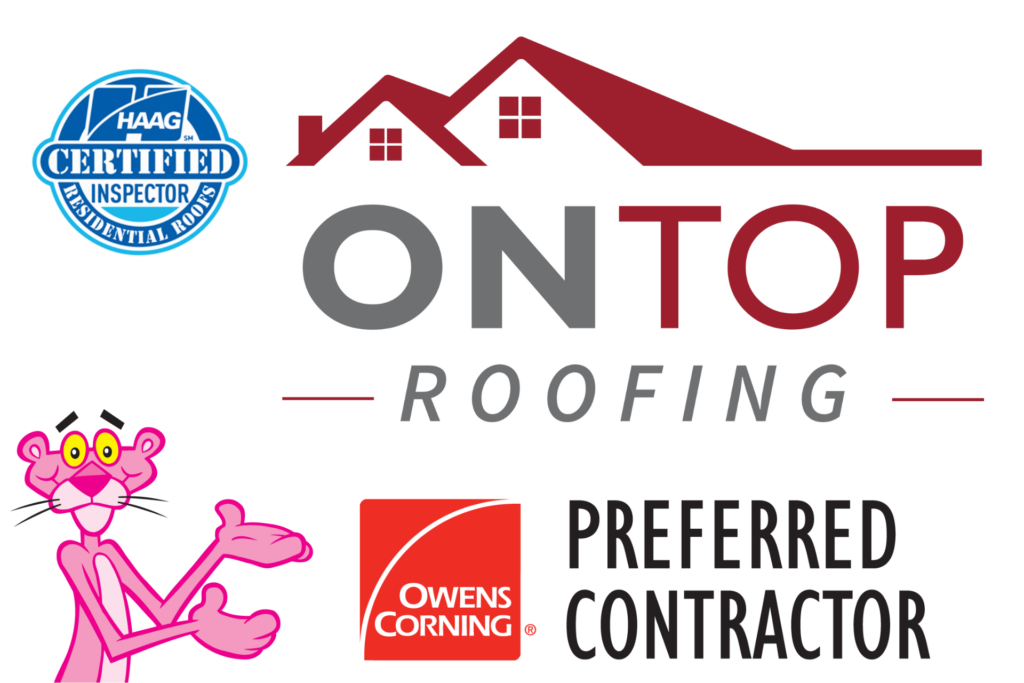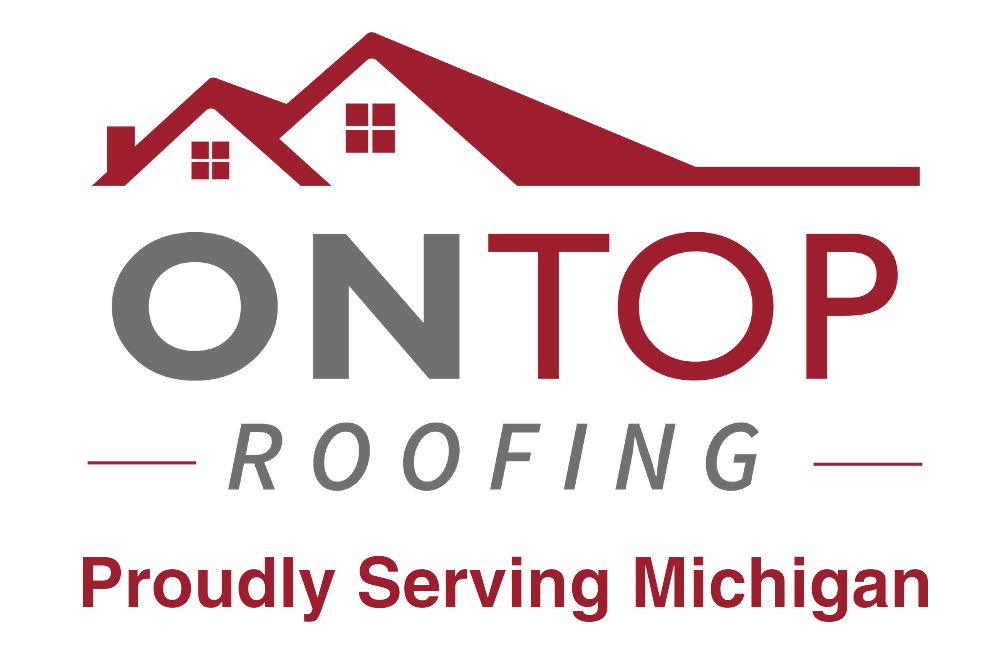
Spring is finally here, and as the snow melts away, it’s time to assess how your roof held up through the harsh winter months. Freezing

Storms can wreak havoc on homes, leaving behind significant damage to roofs that may go unnoticed until leaks or structural issues arise. Addressing storm damage roof repairs promptly is essential to prevent further deterioration and costly repairs. In this guide, we will cover how to assess storm damage, the steps to take after a storm, and the best ways to handle roof repairs effectively.
Understanding the types of damage that storms can cause will help you identify issues more quickly. Here are some common ways storms impact roofs:
After a storm, follow these steps to assess the damage safely and effectively:
Once you have assessed the damage, it’s time to take action. Here’s how to handle storm damage roof repairs efficiently:
While storms are unavoidable, you can take steps to protect your roof and minimize damage:
Storm damage roof repairs require prompt attention to prevent further issues and costly repairs. By assessing the damage, taking temporary protective measures, and working with professionals, you can restore your roof and ensure its long-term durability. Being proactive with regular maintenance and preventive measures will also help protect your home from future storms. If your roof has suffered storm damage, don’t delay—take action today to safeguard your home.

Spring is finally here, and as the snow melts away, it’s time to assess how your roof held up through the harsh winter months. Freezing

Your roof is one of the most important components of your home, providing protection from the elements and ensuring your family’s safety and comfort. However,

When it comes to maintaining the longevity and efficiency of your home, roof ventilation and insulation play critical roles. While many homeowners focus on the

Your roof is one of the most critical components of your home, protecting you and your belongings from the elements. Knowing how to extend the
"*" indicates required fields

Take advantage of our free inspection and free second opinion offer and receive a complimentary estimate for any new installation service.
